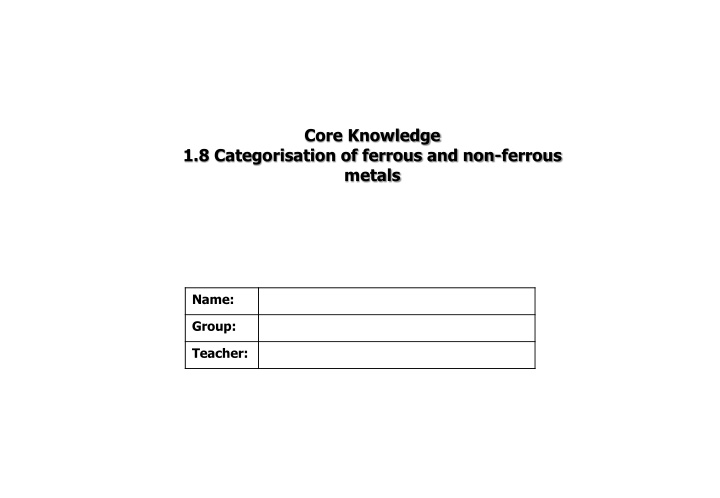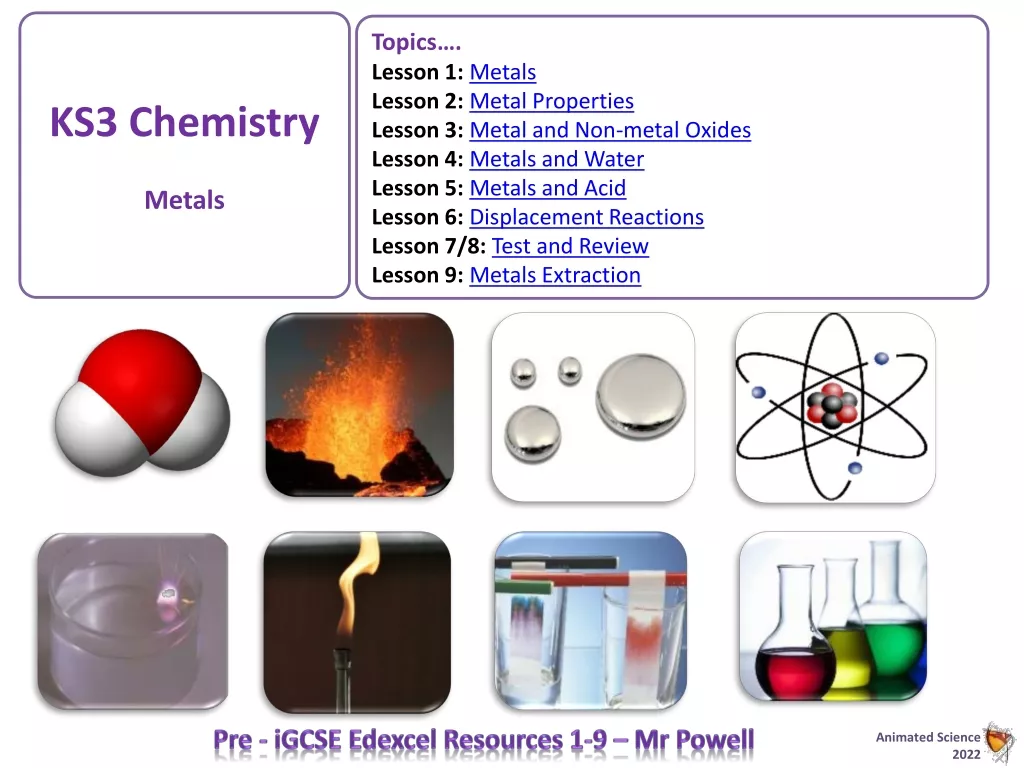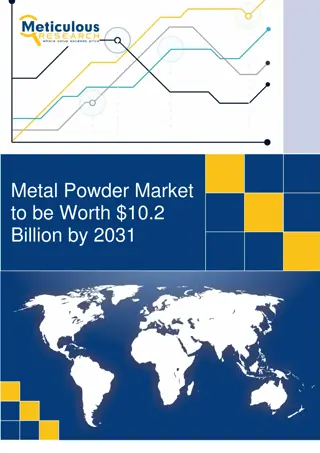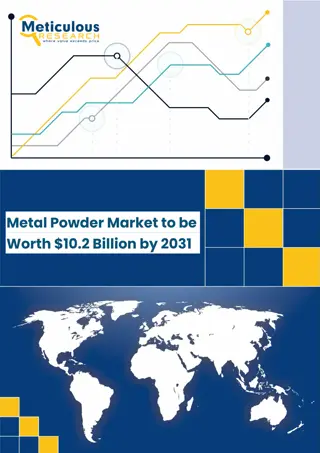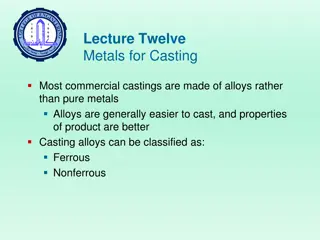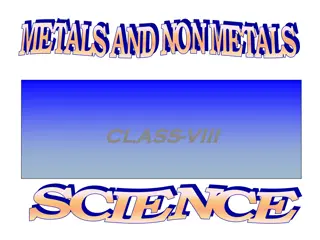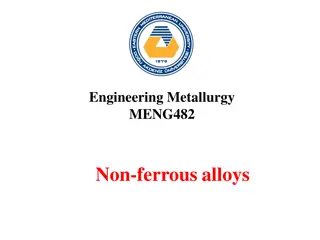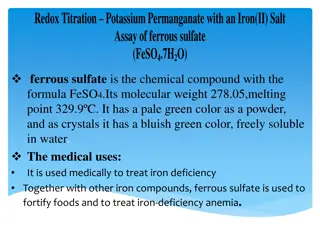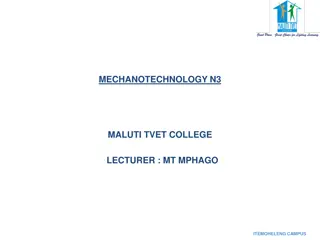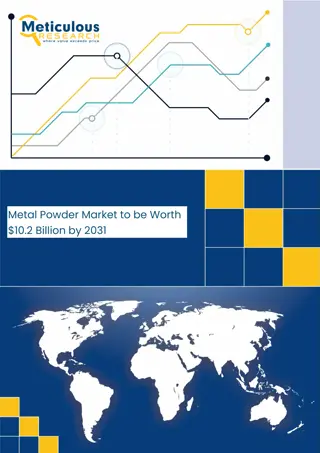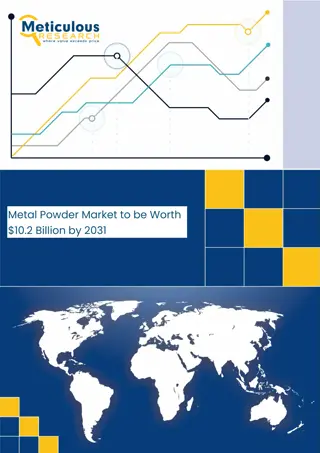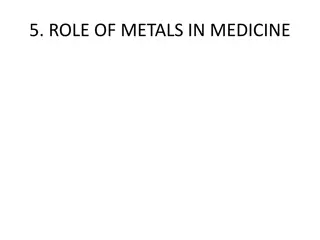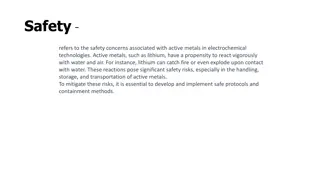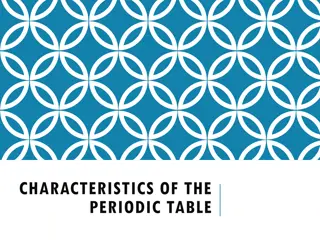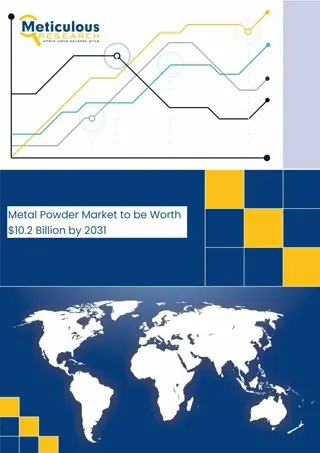Categorisation of Ferrous and Non-Ferrous Metals
Properties and uses of ferrous and non-ferrous metals, including their vulnerabilities and exceptions. Learn about alloys, hardness, ductility, malleability, and practical applications of different metals in various industries.
Download Presentation

Please find below an Image/Link to download the presentation.
The content on the website is provided AS IS for your information and personal use only. It may not be sold, licensed, or shared on other websites without obtaining consent from the author.If you encounter any issues during the download, it is possible that the publisher has removed the file from their server.
You are allowed to download the files provided on this website for personal or commercial use, subject to the condition that they are used lawfully. All files are the property of their respective owners.
The content on the website is provided AS IS for your information and personal use only. It may not be sold, licensed, or shared on other websites without obtaining consent from the author.
E N D
Presentation Transcript
Core Knowledge 1.8 Categorisation of ferrous and non-ferrous metals Name: Group: Teacher:
1.8 Categorisation of ferrous and non-ferrous metals Pages 37 - 39 Ferrous metals What do they contain? Below, present the information in the top table (ferrous metals) on page 38 in a way that suits you. This could be mind maps with drawings of uses, it could still be in the table or a poster style etc. All information must be present. What property does this give them? What are they vulnerable to? What are the exceptions and why? Key terms Alloy:
1.8 Categorisation of ferrous and non-ferrous metals Pages 37 - 39 Non-ferrous metals What do they contain? Below, present the information in the bottom table (non-ferrous metals) on page 38 in a way that suits you. This could be mind maps with drawings of uses, it could still be in the table or a poster style etc. All information must be present. What property does this give them? What are they vulnerable to? What are the exceptions and why?
1.8 Categorisation of ferrous and non-ferrous metals Pages 37 - 39 Properties 1. The ________________ properties of metals define how ___________________________ Key Terms: 2. A large ______________ will ____________________ Ductility: 3. ___________________________ is the temporary change and means the metal ______________________ ___________________________________________. Malleability: 4. Plastic _______________________ is a ___________ ___________________________ and means the metal stays in its ___________________________ Hardness: 5. All ________________________ are ______________ But not all ______________________ materials are _______________. What properties do hard materials have and what equipment Apply it is this important for? Mild steel can be cut with a hacksaw or drilled. Why are other types of steel able to cut through mild steel? What scale is used to measure hardness and how hard is Explain two reasons why stainless steel would be chosen over mild steel for the bolts on a bicycle. diamond compared to other materials?
1.8 Categorisation of ferrous and non-ferrous metals Pages 37 - 39 Apply it #ThinkDifferent Explain two reasons why aluminium would be used for drinks cans in preference to mild steel? Design a textiles product that incorporates metal as a prominent material. Add notes to explain which metals you have used and why. Why is it useful for metals used in the construction industry to have a degree of elasticity when they are in use? Why is copper suitable for the roof of a building? Draw two ways metal can be joined together. Add notes to Which element is added to iron to make mild steel? explain how. Mild steel has a 0.3% carbon content. What would happen if you increased the carbon content? What makes a metal an alloy and why is this advantageous?
